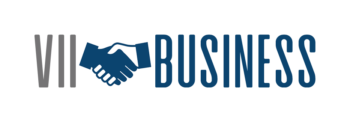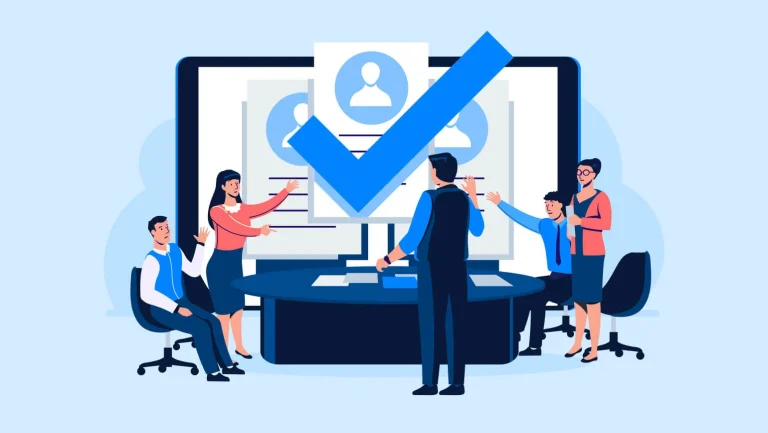Running a small or medium-sized business (SME) in Malaysia is no easy task. Between keeping customers happy, managing employees, and keeping up with rising costs, compliance often feels like one of those “don’t mess this up” responsibilities that sits heavily on a business owner’s shoulders. And when it comes to payroll, the stakes are high. After all, it’s not just about paying employees on time—it’s also about making sure contributions to EPF (Employees Provident Fund), SOCSO (Social Security Organisation), and LHDN (Inland Revenue Board) are correct and submitted on time.
But here’s the truth: many SMEs still handle payroll manually, and that’s where mistakes creep in. Even a small error in calculations or late submissions can lead to penalties, frustrated employees, and extra stress you really don’t need. That’s why more and more businesses in Malaysia are turning to payroll software as their go-to solution.
1. Automatic EPF Calculations
If you’ve ever calculated EPF contributions manually, you’ll know how tricky it can get. Contribution rates depend on both the employee’s age and their monthly wage bracket. Miss a percentage, and suddenly your reports don’t match what KWSP (EPF) expects. Payroll accounting software like Million takes this headache away by automatically applying the latest EPF rates and ensuring both employer and employee contributions are spot on.
This doesn’t just save time—it saves you from the risk of underpaying or overpaying, which can lead to compliance issues or even penalties.
2. Hassle-Free SOCSO Contributions
SOCSO contributions aren’t exactly straightforward either. Employers need to consider different categories, like Employment Injury Insurance and Invalidity Pension Schemes, not to mention the expansion of SOCSO coverage to more employees over the years.
Payroll software keeps track of these requirements for you. Once your employee details are in the system, it automatically generates the correct contribution amounts, ready for submission. No second-guessing, no last-minute scrambling to meet deadlines.
3. Seamless LHDN Income Tax (PCB) Deductions
Staying compliant with LHDN rules can be a headache for SMEs, especially with monthly tax deductions (MTD/PCB) and annual EA forms. Manual calculations often lead to errors, and mistakes usually show up at the worst time, right before deadlines. Payroll software solves this by automating tax deductions based on the latest regulations and generating accurate reports instantly.
Many systems also link directly with LHDN’s e-submission platform, allowing businesses to file reports online in just a few clicks. This reduces paperwork, minimises errors, and helps avoid costly penalties. For SMEs running on lean teams, this automation means less stress and more peace of mind.
4. Staying Updated with Changing Regulations
Malaysia’s employment and tax laws aren’t static—they evolve. For example, the recent push towards mandatory e-invoicing shows how quickly compliance requirements can shift. Payroll software providers regularly update their systems to reflect the latest rules and contribution rates, so SMEs don’t need to manually keep track of every change.
Think of it as having a built-in compliance officer that works quietly in the background, making sure you’re always aligned with regulations.
5. Statutory compliance made simple
One of the biggest headaches for SMEs in Malaysia is staying compliant with statutory requirements like EPF, SOCSO, and EIS. Payroll software eliminates this stress by automatically calculating contributions based on the latest government updates, so business owners don’t have to manually keep track of changes. It ensures deductions are accurate and submitted on time, which lowers the risk of penalties or disputes with employees.
Instead of worrying about missing a deadline or miscalculating a percentage, owners can trust the system to do the heavy lifting while they focus on running their business.
6. Integration With E-Invoicing And LHDN Requirements
With Malaysia’s e-invoicing rollout in full swing, SMEs need solutions that integrate directly with LHDN systems. Payroll software is designed with this in mind—it not only manages PCB tax deductions seamlessly but also syncs with e-invoicing workflows to keep financial records clean and compliant. This makes audits less intimidating and ensures a smoother reporting process overall.
The added bonus is time savings: by consolidating payroll and compliance into one platform, businesses spend fewer hours on admin tasks and more time building growth strategies.
Final Thoughts
For SMEs in Malaysia, staying compliant with EPF, SOCSO, and LHDN isn’t optional—it’s a must. But compliance doesn’t have to be a source of stress. Payroll software takes away the guesswork, reduces the risk of errors, and keeps your business in line with the latest regulations.
If you’re still relying on spreadsheets or manual calculations, now might be the perfect time to make the switch. Not only will your employees appreciate the accuracy and timeliness of their payslips, but you’ll also save yourself from compliance headaches that can cost both time and money.


Comments are closed.